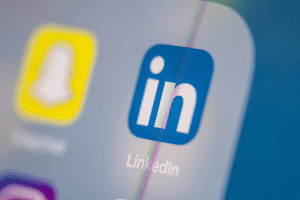Google Made ‘Identity Verification Requirements’ Compulsory To All Advertisers

ALL RIGHTS RESERVED
Google’s product management director, Ads Integrity, in a blog post today. John Canfield, said the company would expand its identity verification program to all advertisers. The feature, introduced in 2018, required political advertisers to pass through a verification of their identity, which was then displayed as part of the ad itself.
The mechanism was developed to establish greater accountability in recent years, in the midst of increasing skepticism about the sources behind political ad buys. Whatever the subject, the company will make identity verification a necessary part of the ad buying process.
Also read: Celebrities make special appearances in YouTube shows to connect with isolated viewers
Both parties purchasing an ad on Google’s network would require personal identification and company incorporation papers. The information will begin to pop up over the summer in the ad unit units, enabling users to click through to view details including the name and location of the party that purchased the ad.
“This change will make it easier for people to understand who the advertiser is behind the ads they see from Google and help them make more informed decisions when using our advertising controls,” Canfield writes. “It will also help support the health of the digital advertising ecosystem by detecting bad actors and limiting their attempts to misrepresent themselves.”
Also read: Xiaomi plans to launch world’s first 150 MP camera smartphone
The process of political verification currently operates in 30 countries. The larger move begins in the U.S. and goes up from there. Given the vast size of its advertisement network, Google says it expects the entire thing to take “a few years” to be in place globally. When advertisers are informed they’ll have 30 days to complete the form. A Google employee would then review the papers.
Tying advertising to real people and companies could go a long way in recognizing the vast network of bad actors.
Research Snipers is currently covering all technology news including Google, Apple, Android, Xiaomi, Huawei, Samsung News, and More. Research Snipers has decade of experience in breaking technology news, covering latest trends in tech news, and recent developments.












